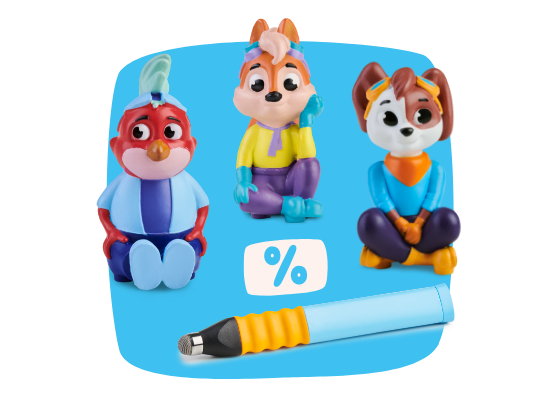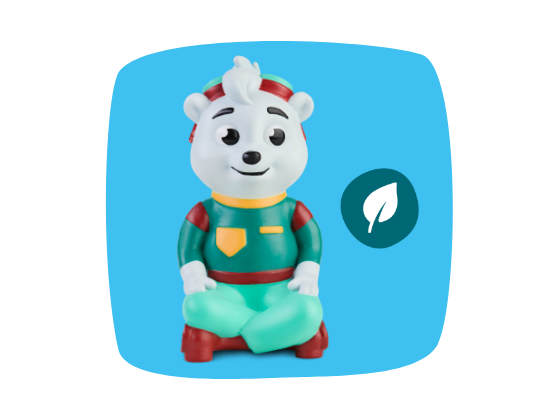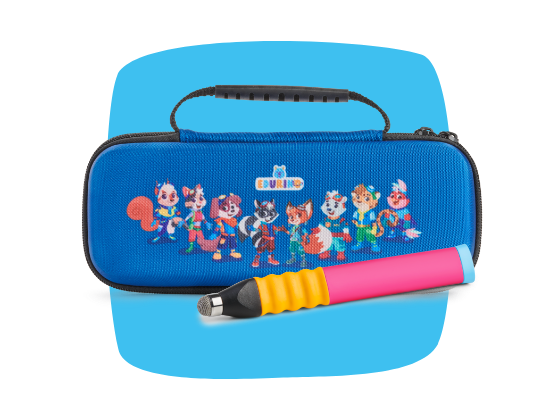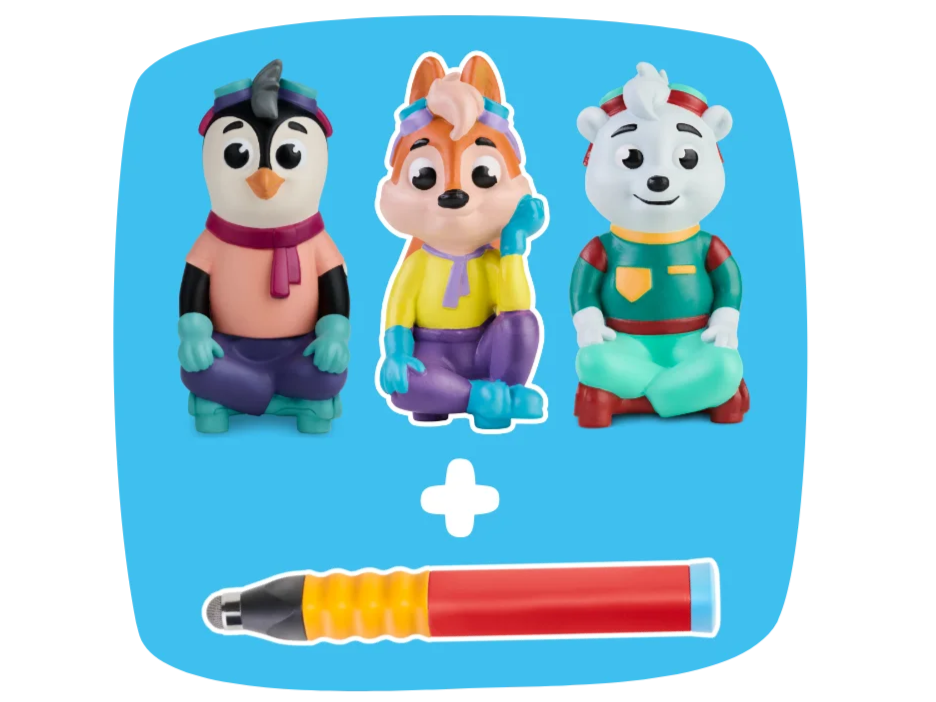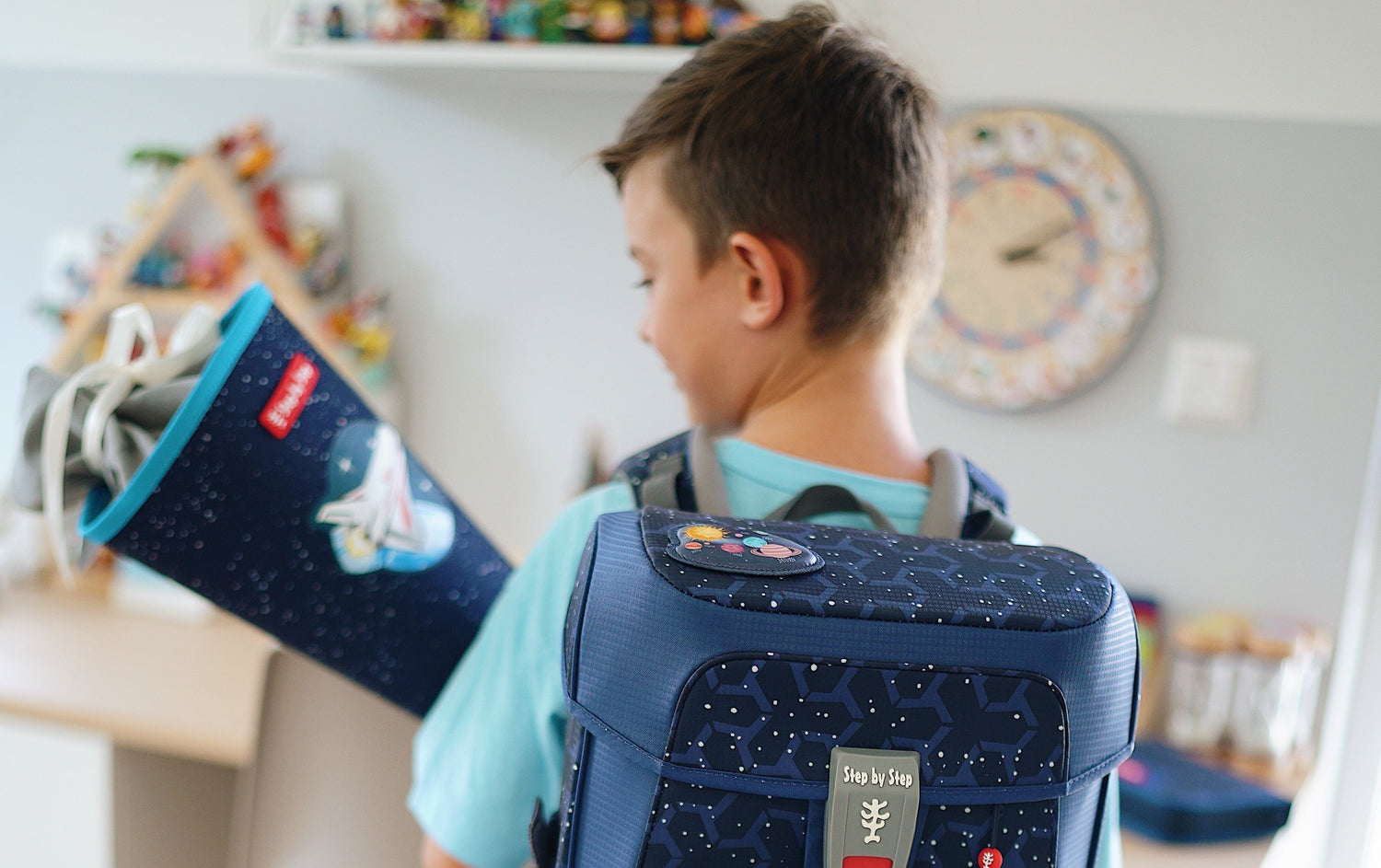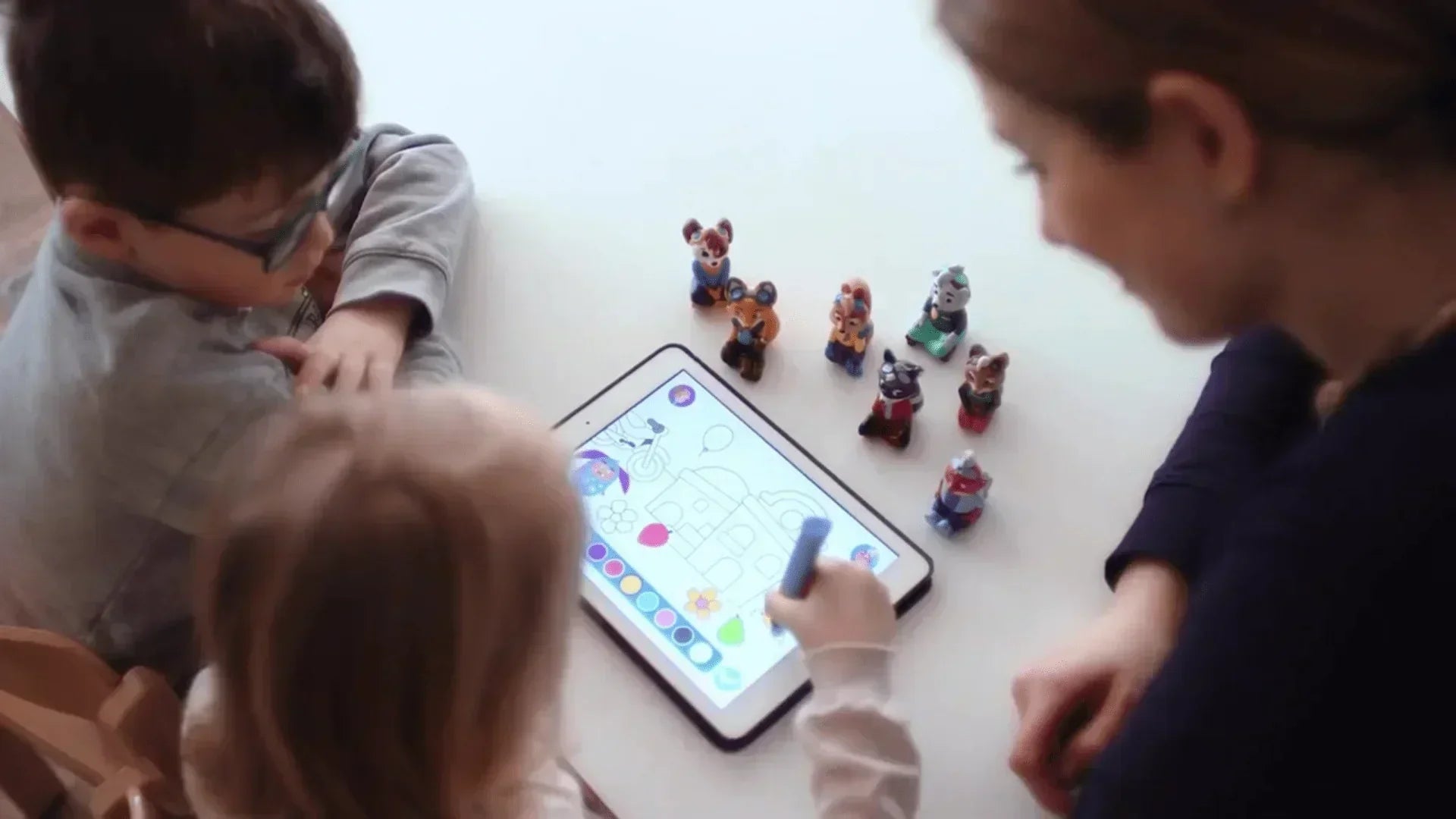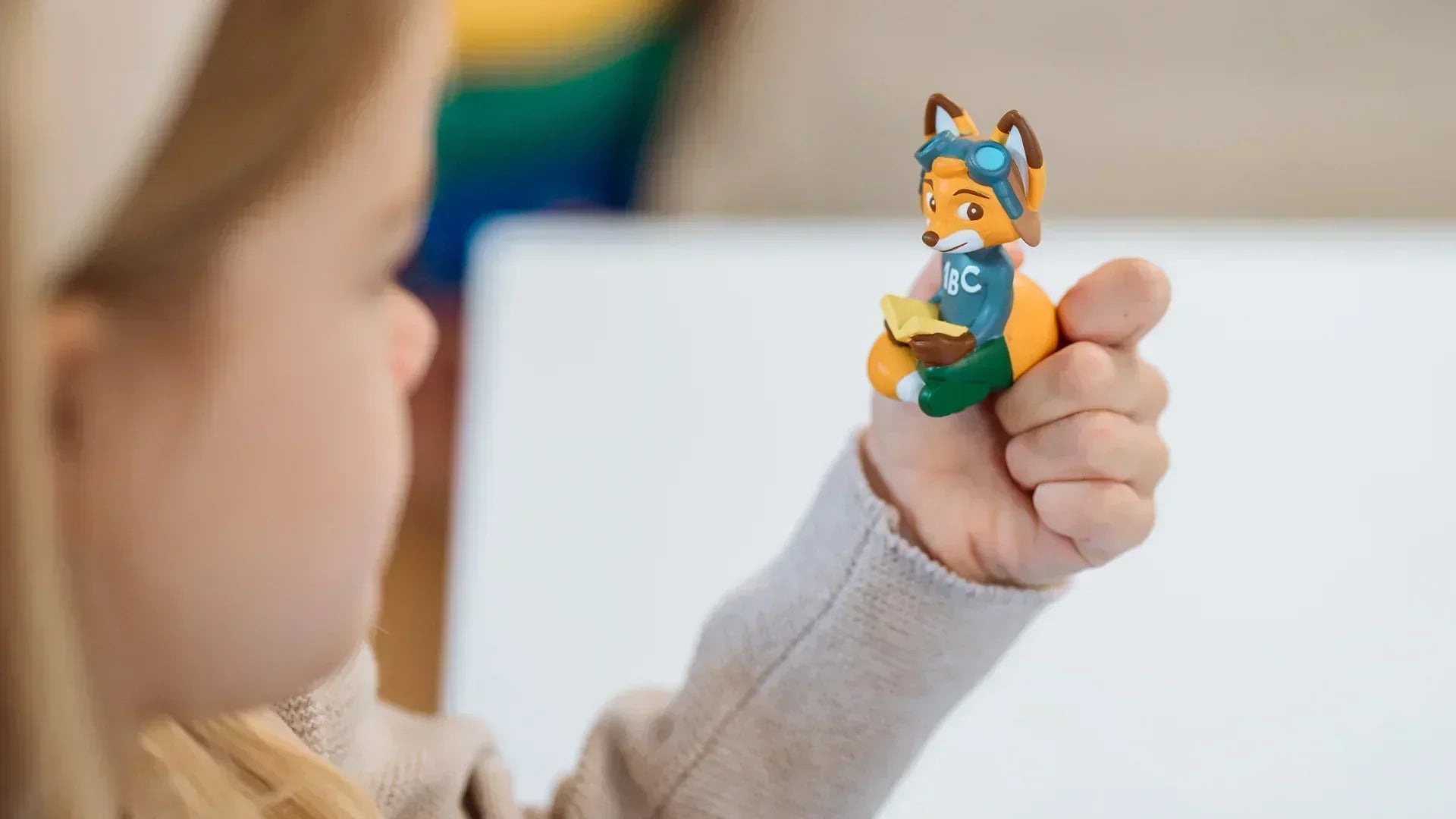Learning pens bring innovation to the learning process by connecting traditional writing with modern technology. Children can continue to develop important skills like grip and precision while reaping the benefits of digital learning. But why is it so important for children to use pens, and why is it also useful to have a learning pen for tablets?
Why writing with a pen is so crucial for children's development
Promotes fine motor skills: Holding and using a pencil requires precise hand movements and promotes the development of fine motor skills in the hands, fingers, and wrists. Children learn to control their muscles, which is crucial for everyday activities like dressing, eating, and more.
Developing hand-eye coordination: When drawing, painting, and writing with a pen, children must coordinate their hand movements with the visual result on the paper. This strengthens hand-eye coordination, which is important for many activities and academic success.
Cognitive development: Writing with a pen promotes cognitive development. Children learn to recognize, reproduce, and use letters. It improves visual perception, memory, and concentration.
Strengthening pen posture and grip: Holding a pen and writing or drawing with it promotes the development of proper pen posture and a stable grip. Correct pen posture is crucial for writing effectively and comfortably later on.
Writing in the digital age - the importance of learning pens
Digital Age Context: Despite advances in digitalization, traditional writing remains a crucial skill. It's important for children to be able to use both pens and digital tools. A dedicated learning pen for tablets can help with this.
Promote fine motor skills and pen grip: Even when children use a tablet, a learning pen can offer the same benefits as a traditional pen on paper. It supports the development of fine motor skills and promotes proper pen grip, as children must hold the pen correctly to write or draw on the tablet screen.
Enable interactive learning: A learning stylus can enhance the interactivity of learning applications on tablets. Children can use the stylus to write, draw, or interact directly on the screen, making learning more fun and effective.
Improved learning outcomes: Using a learning pen allows children to learn in an interactive way and participate more actively in the learning process, which can lead to better absorption and understanding of the learning material.
Creative materials to improve fine motor skills and pen grip
- Wax crayons
- Clay - improves finger strength
- Stringing beads - promotes hand-eye coordination
- Chalk and blackboard
- Markers and whiteboard
- Children's scissors and paper - strengthen the hand muscles
- EDURINO - playful learning with an ergonomic stylus
These materials and exercises can be playfully integrated into children's daily lives to promote their fine motor skills and pencil grip. It's important to adapt the activities to the child's age and individual abilities.
This is how EDURINO's stylus supports your child in holding the pen
All EDURINO starter sets come with a figure and the ergonomic stylus. This triangular stylus was developed in collaboration with occupational therapists and is ideal for small children's hands.
Our EDURINO learning pen fits comfortably in any child's hand, as it's suitable for both right- and left-handed users. All EDURINO learning content is designed for interaction between a tablet and a pen, so for optimal learning results, the EDURINO app should always be used in conjunction with the stylus.
Your children will perform special pen-swivel exercises with the "magic pen" to develop their graphomotor skills and pen grip. This will help them develop a feel for the correct pen grip, which will perfectly support them when writing at school.
Both traditional and modern pens contribute significantly to children's development. They bridge the gap between traditional writing skills and the demands of an increasingly digital world. It's crucial to provide children with access to both types of pens to best promote their motor, cognitive, and technological skills. Want to learn more about graphomotor skills? Check out our blog article "What we should know about early childhood graphomotor development." Your EDURINO Team!

